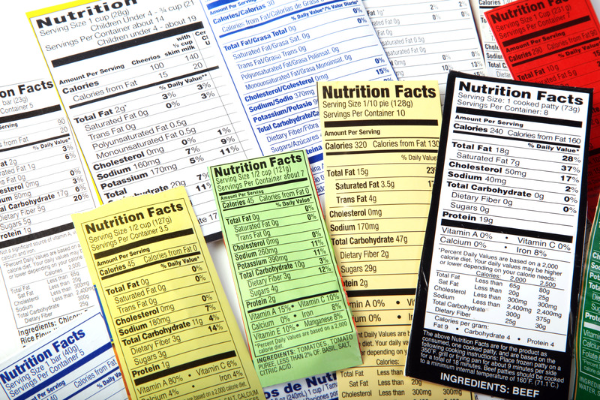What are the different types of food Labelling?
Introduction:

Shopping for groceries can be daunting, especially if you’re trying to find the healthiest and most nutritious options. How do you know which foods are organic? What is the difference between natural and non-GMO labels? Knowing what food labels mean is critical to making informed grocery decisions. Let’s take a look at the different types of food labeling.
Organic Labels
Organic labeling means the product has been produced without synthetic fertilizers, sewage sludge, genetic engineering, or ionizing radiation. It also means farmers cannot use antibiotics or growth hormones on livestock producing organic products like meat and dairy. Foods labeled as “100% Organic” must contain only organic ingredients and processing aids; those labeled “Organic” must contain at least 95% organic ingredients. Lastly, foods labeled “Made with Organic Ingredients” must contain at least 70% organic ingredients.
Natural Labels
The term “natural” doesn’t have an official definition regarding food labeling. Still, it generally means that the food contains no artificial flavors, colors, preservatives, or chemical additives. It does not necessarily mean that the food is healthy; some items labeled as natural may still be high in sodium or added sugars. Furthermore, there are no laws governing how much of a product can be labeled as natural - so make sure to read the ingredient list carefully!
Non-GMO Labels
Foods certified as Non-GMO (or genetically modified organisms) have been produced without using genetic engineering techniques like crossbreeding or gene alteration. This labeling indicates that the product has not been exposed to any genetically modified organisms during its creation process - though it does not necessarily suggest that it is healthier than other products without this label.
Conclusion:
Whether you're buying snacks or stocking up on staples for your family, reading food labels can help you make informed decisions about your purchases. When shopping for groceries, keep an eye out for brands such as "organic," "natural," and "non-GMO" – each of these labels indicates something specific about how a product was created and can help you choose healthier options for your kitchen! With this knowledge in hand, you'll be well on your way to making smart choices every time you hit the grocery store.
Related Articles
Product Groups
- Metallic Label
- Supermarket Labels
- Food Label
- Tyre Label
- Resealable Label
- Holographic Labels
- Electrical Label
- Adhesive Vinyl Roll
- Inkjet Vinyl Sticker Paper
- Paper Box
- Temperature Resistant Labels
- Clothing Label
- Office Labels
- Bubble Mailer
- Bottle Label
- Chemical Label
- Anti Counterfeit Label
- Temperature Indicator Sticker









